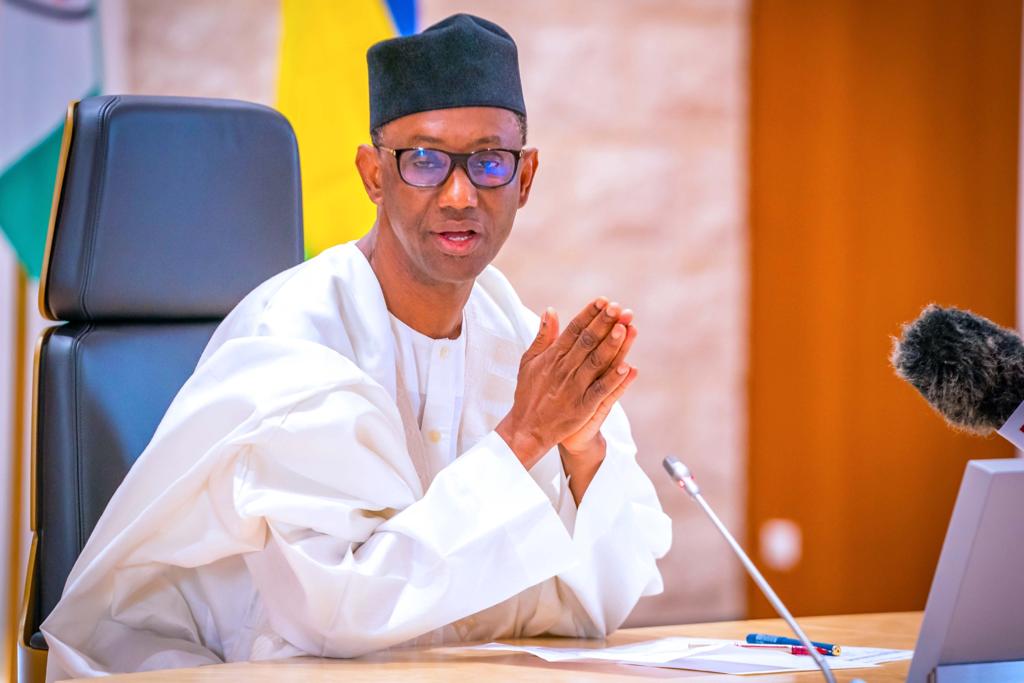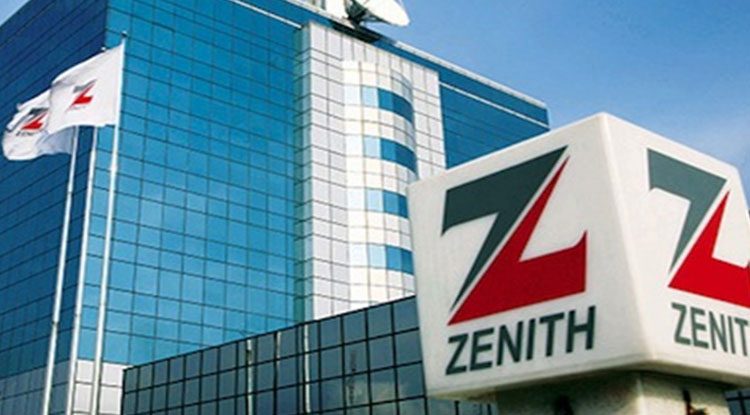The Asian Century: Redefining the Global Economy Through Innovation and Culture
For decades, the global economy has been dominated by Western companies, institutions, and cultural exports. But today, that narrative is being rewritten, not with a bang, but with the relentless rhythm of K-pop, the quiet precision of semiconductors from Taiwan, and the seamless speed of Shein’s AI-powered fashion empire.
The rise of Asia’s industrial and cultural powerhouses marks a turning point in global economics, and those not paying attention are already behind.
The Asia-Pacific region is evolving into a sophisticated economic engine, powered by innovation, cultural magnetism, and a bold willingness to invest where others hesitate. From Shenzhen to Seoul, from Mumbai to Taipei, a new class of global players is emerging, agile, ambitious, and deeply connected to both their heritage and the demands of a rapidly changing world.
Asia is no longer simply a workshop for the world, it’s now the innovation lab, the cultural trendsetter, and the tech backbone. In semiconductors, Taiwan’s TSMC leads the global foundry sector, producing more than 60% of the world’s advanced chips. The U.S. may design many chips, but it’s TSMC that brings them to life with cutting-edge fabrication technology.
In the electric vehicle (EV) space, China accounts for more than half of global EV sales, and BYD has now overtaken Tesla as the world’s largest EV manufacturer in several key markets. Chinese battery makers like CATL also dominate the lithium-ion battery supply chain, crucial to powering EVs worldwide.
In pharmaceuticals, India stands out as the “pharmacy of the world.” Companies like Aurobindo Pharma and Sun Pharma produce massive volumes of generic drugs that supply North America, Europe, and Africa, often at a fraction of the cost of their Western counterparts.
Consumer electronics is another stronghold. South Korea’s Samsung remains a global leader in smartphones, memory chips, and displays, while China’s Xiaomi and Oppo have become household names across Southeast Asia, Africa, and Latin America.
Meanwhile, in solar energy, China owns more than 75% of the global solar panel manufacturing capacity. LONGi Green Energy, valued at $13 billion, exemplifies how scale, vertical integration, and strategic expansion into Southeast Asia help maintain an unbeatable cost advantage.
Even in artificial intelligence, once considered a U.S.-dominated field, China is closing the gap fast. With massive investments in AI startups, smart city infrastructure, and facial recognition technologies, China is setting global standards in surveillance, fintech, and urban automation.
Then there’s fast fashion, where Chinese company Shein has turned the industry upside down. Its ability to use AI for demand forecasting and ultra-fast production cycles has outpaced traditional Western brands like H&M and Zara. Shein’s direct-to-consumer model, supported by low prices and influencer marketing, has made it a favorite among Gen Z consumers worldwide.
The rise of Asia’s industrial and cultural dominance is not accidental, it’s propelled by a combination of structural, economic, and technological drivers.
A key force behind this transformation is demographics. Asia is home to over half of the world’s population and boasts a rapidly expanding middle class, particularly in countries like India, Indonesia, Vietnam, and the Philippines.
This burgeoning consumer base is creating massive demand for goods, services, and infrastructure, providing fertile ground for domestic industries to grow and for global firms to invest.
Another powerful engine is digital innovation and infrastructure. Many Asian economies have leapfrogged traditional systems by adopting mobile-first technologies, paving the way for rapid growth in fintech, e-commerce, and digital services. From super apps like Grab and Gojek in Southeast Asia to China’s integrated digital ecosystems via WeChat and Alipay, Asia is not just participating in the digital economy, it’s shaping it.
Government-led industrial policy has also played a central role. China’s “Made in China 2025” strategy, India’s Production-Linked Incentive (PLI) schemes, and South Korea’s “Digital New Deal” are channeling massive resources into high-tech sectors such as semiconductors, renewable energy, and advanced manufacturing.
These national efforts are complemented by increasing intra-regional cooperation, such as the Regional Comprehensive Economic Partnership (RCEP), which is reducing trade barriers and tightening supply chain links among Asia-Pacific nations.
Moreover, investment in education and research is helping Asia build a world-class talent base. Universities in China, Singapore, and South Korea are climbing global rankings, while rising R&D expenditures are turning countries like Japan, Taiwan, and India into global innovation centers. This talent pool is essential for sustaining leadership in complex fields like artificial intelligence, clean energy, biotech, and advanced manufacturing.
Despite its rapid ascent, Asia faces significant challenges that could hinder or slow its continued growth. One of the most pressing is geopolitical risk. Tensions between China and the U.S., over trade, technology, and Taiwan, have global ramifications.
These frictions have already led to restrictions on semiconductor exports, realignments in global supply chains, and increased scrutiny of Chinese investments abroad. Regional disputes in the South China Sea and the Korean Peninsula also contribute to instability, creating uncertainty for businesses and investors.
Demographic shifts present another serious challenge. While countries like India and Indonesia enjoy a demographic dividend, aging populations in China, Japan, and South Korea threaten to strain healthcare systems, reduce labor force participation, and place downward pressure on long-term growth. China, in particular, faces a shrinking workforce and rising eldercare costs, which could erode its cost competitiveness.
Asia’s breakneck industrial growth has also come at a high environmental cost. Many Asian cities suffer from severe air and water pollution, and the region is highly vulnerable to climate change impacts, including rising sea levels, floods, and extreme heat.
The push toward decarbonization, though underway, still lags behind in policy enforcement and energy transitions in countries like India and Indonesia. Balancing growth with sustainability will be a defining challenge for the region in the coming decades.
Additionally, income inequality and uneven development remain sources of potential instability. Urban-rural divides, unequal access to education and healthcare, and large informal labor sectors mean that the benefits of economic growth are not evenly shared.
This disparity could lead to social unrest or populist policy swings, both of which would undermine investor confidence and economic momentum.
Finally, many Asian economies are still heavily export-dependent, making them vulnerable to global slowdowns, trade protectionism, or economic decoupling between major markets like the U.S. and China. As global supply chains become more fragmented, maintaining competitiveness while building domestic resilience will be critical.
The ascent of Asia is not a momentary shift, it is a structural realignment of the global economic order. From technological innovation to cultural influence, Asia is no longer a follower in the global narrative; it is a shaper of the future.
Whether in the form of semiconductors from Taiwan, electric vehicles from China, pharmaceuticals from India, or pop culture from South Korea and Japan, the region has proven it can lead on multiple fronts simultaneously.
At the heart of this transformation lies a potent combination of factors: an immense and rising consumer base, governments that are actively investing in industrial and digital policy, and a bold entrepreneurial culture that blends tradition with disruption.
These drivers are pushing Asia to the forefront of industries that will define the next century, artificial intelligence, clean energy, biotech, and digital finance among them.
However, the path ahead is not without obstacles. Geopolitical tensions, demographic imbalances, environmental degradation, and inequality pose serious risks.
How Asia navigates these challenges will determine not just its own future, but that of the entire global economy. Sustainability, resilience, and inclusive growth must become the pillars of its next phase.
For Western companies and policymakers, the message is clear: adaptation is no longer optional. Competing with Asia’s rising giants requires humility, innovation, and a rethinking of long-held assumptions about global dominance. The world is no longer unipolar. Economic influence is diversifying, and fast.
The Asian Century is not on the horizon; it is unfolding in real time. The question is not whether Asia will lead, but how the rest of the world will respond.












